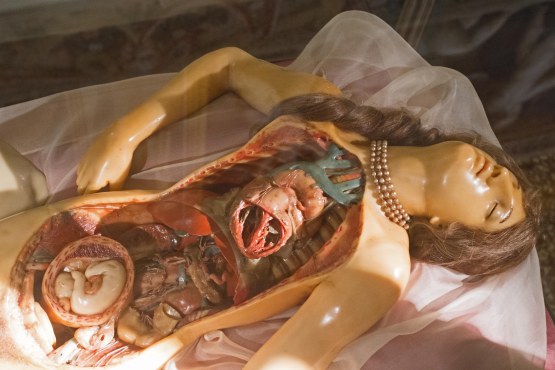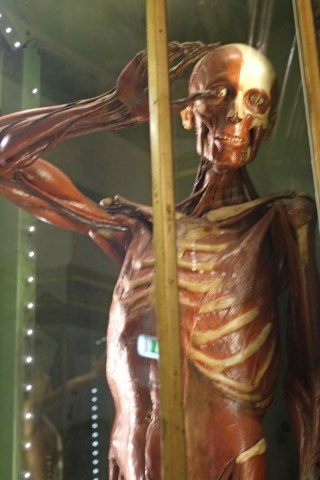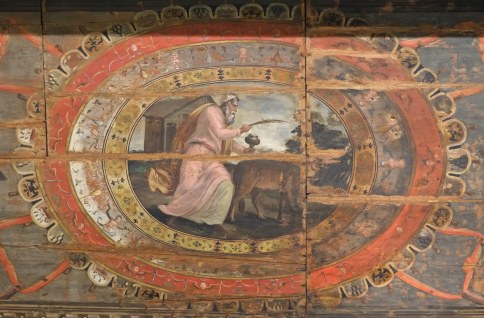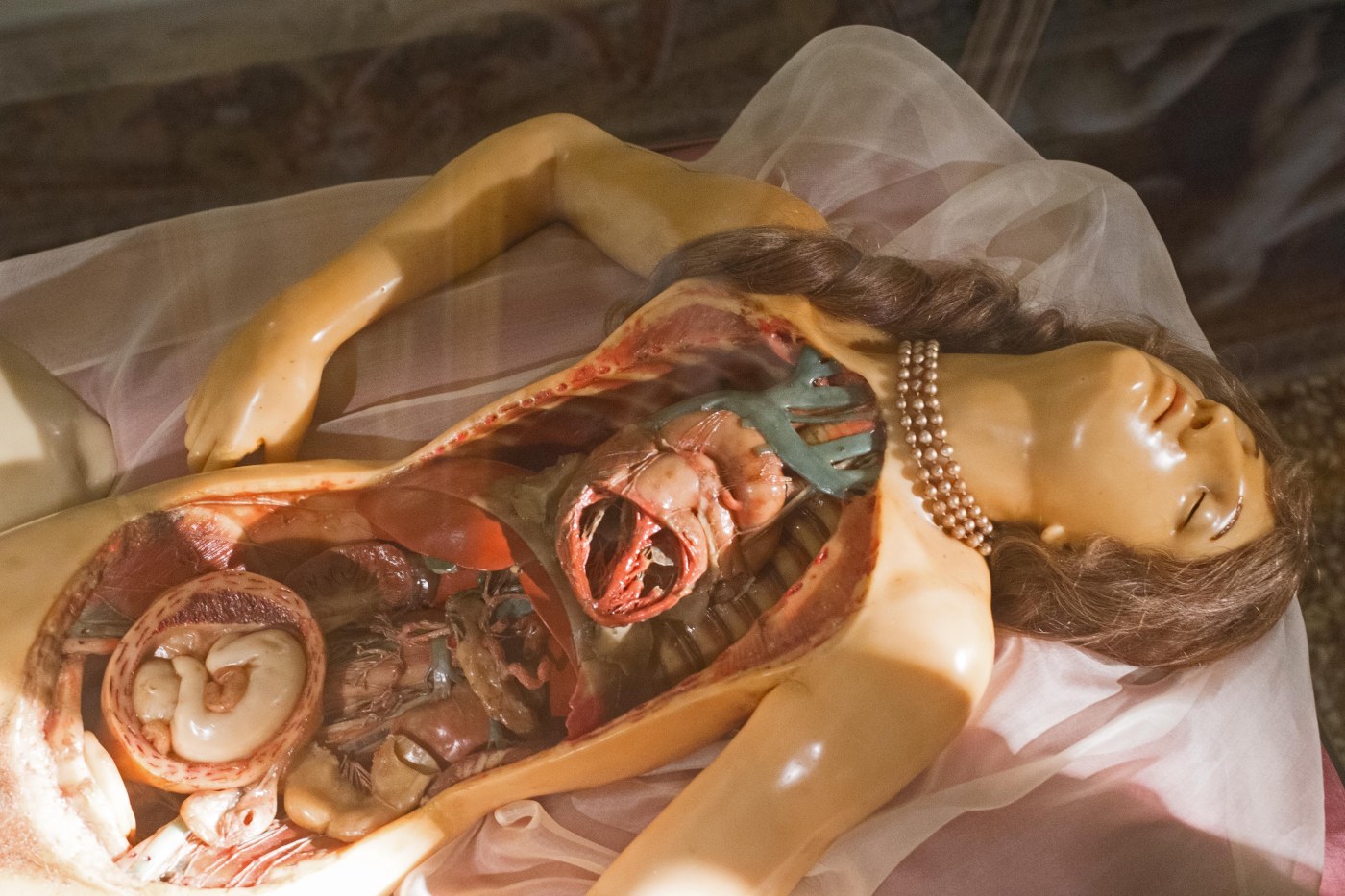The Palazzo Poggi Museum is one of a number belonging to Bologna’s ancient university, founded in 1088.
The museum is housed in a building built by Cardinal Giovanni Poggi and his brother Alessandro starting in 1549. The rooms are decorated with frescos by Pellegrino Tibaldi, Nicolò Dell’Abate and Prospero Fontana.

The palazzo was purchased by the university in 1711 to house its Institute of Sciences and Arts. Today as well as the museum it is also home to various parts of the university including the library, art gallery and the office of the Rector.
The museum houses an eclectic mix of exhibits based on the laboratories and collections of the Institute, dating from the 18th century. Exhibits are from the areas of natural history, military architecture, historic ship models, physics, human anatomy and obstetrics.
The Museum of Natural History covers areas such as geology, mineralogy, and zoology with exhibits that give an idea of what museums were like in the 18th century.


There are some impressive large ship models from the 17th and 18th centuries.
The physics section contains some interesting examples of early electrical apparatus.

The Military Architecture Museum is based on the collection of Luigi Ferdinando Marsili, a 17th century Bolognese scholar, scientist and soldier. Amongst his other achievements, he was responsible for mapping the border between the Ottoman and Austro-Hungarian Empires .
Perhaps the most interesting part of the museum is that related to obstetrics and human anatomy. This collection is composed of exhibits relating to the work of Giovan Galli, an 18th century Bolognese doctor who had a strong interest in the education of midwives and surgeons.
He paid for numerous wax and clay models to assist instruction.
The device in the image below was used to train surgeons and midwives in the recognition of different fetal postions. A model fetus was placed in a glass womb sitting on the chair. Blindfolded students would be required to recognise the position whilst the instructor watched through the glass.

The most striking of the exhibits is a life sized anatomical wax model of a young pregnant woman, known as the “Venerina” or little Venus. It was made by Clemente Susini in 1782. There’s a stark contrast between the woman’s beauty and the brutal anatomical realism.

Susini modelled the figure from a real cadaver. The model is so accurate that recently a post mortem was able to be performed and it’s believed that the young woman died from a cardiovascular defect.
Various organs as well as the thoracic and abdominal walls can be removed to allow anatomical instruction.
As well as the work of Susini, the museum contains wax models completed by Anna Morandi and her husband Francesco Manzolini. Both artists, they ended up skilled anatomists, dissecting bodies in their home. As well as raising 6 children, Anna Morandi became a Professor of Anatomy.


A pair of skinless figures are another striking feature of this section of the museum.


The combination of Renaissance fresco decoration and original 18th century laboratory and museum exhibits make Palazzo Poggi a fascinating place to visit. You can find more details about visiting the museum at this site.








Great detail – and I love the photos.
LikeLiked by 1 person